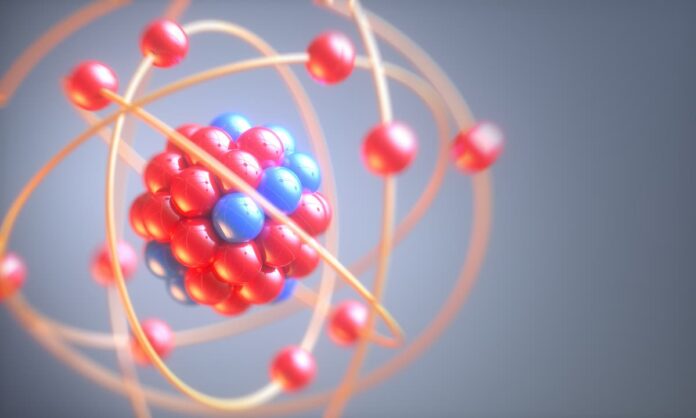
An incredibly sensitive atomic clock has discovered a tiny distance loop of time that Albert Einstein’s theory of general relativity holds to be true.
According to the theory, clocks tick faster than they are further away from the earth or any other gravitationally dense object – a fact of nature that should apply regardless of the size of the clock and should be visible at the atomic level.
Researchers using this clock have now discovered the effect on a smaller, millimetre-sized sample of atoms, where time moved a little faster at the top of the sample below, as reported by ScienceNews.
Atoms can be used as clocks because a certain frequency of light changes their energy level; this frequency corresponds to the ticking hand of a clock. Atoms that are farther from the ground experience time faster than those that are closer, so a greater frequency of light is required to change their energy level.
Previously, this shift, known as the gravitational redshift, was detected at a height of 33 centimetres.
“That’s fantastic,” said theoretical physicist Marianna Safronova of the University of Delaware. “I thought it would take a lot longer to get to this point.”
In this unapproved study, physicist Jun Ye from the University of Colorado’s Joint Institute for Laboratory Astrophysics used a clock made from 100,000 ultra-cold strontium atoms.
These atoms were arranged in a lattice and sat at different heights. The physicists mapped how the frequency changed over these heights and showed a difference of a hundredth of a billiardth of a percent over a millimeter – the effect expected by general relativity.
With measurements over 90 hours, the ticking rate could be measured with an accuracy of 0.76 millionths of a trillionth of a percent, which is the most accurate comparison ever made.
“Atomic clocks are now so precise that they can be used to search for dark matter,” suggested the theoretical physicist Victor Flambaum of the University of New South Wales ScienceNews, since the mysterious, unidentified substance could affect the ticking of clocks. Comparing atomic clocks with different isotopes (the number of neutrons in their nucleus) could also be used to find undiscovered new particles.
Souce: Techcrunch




